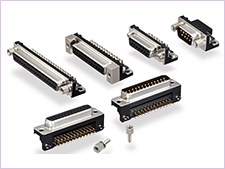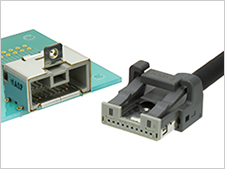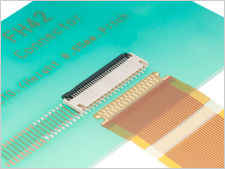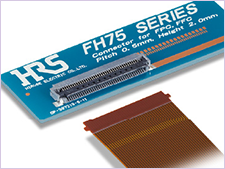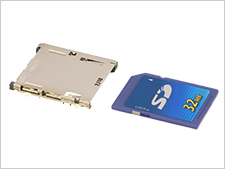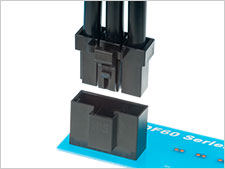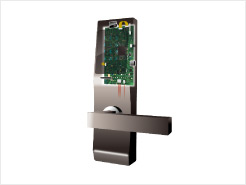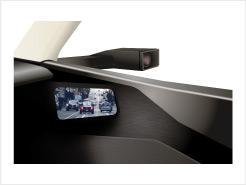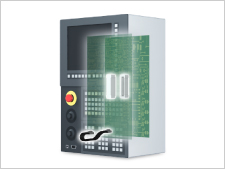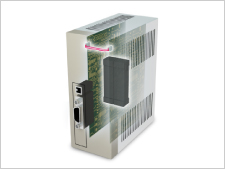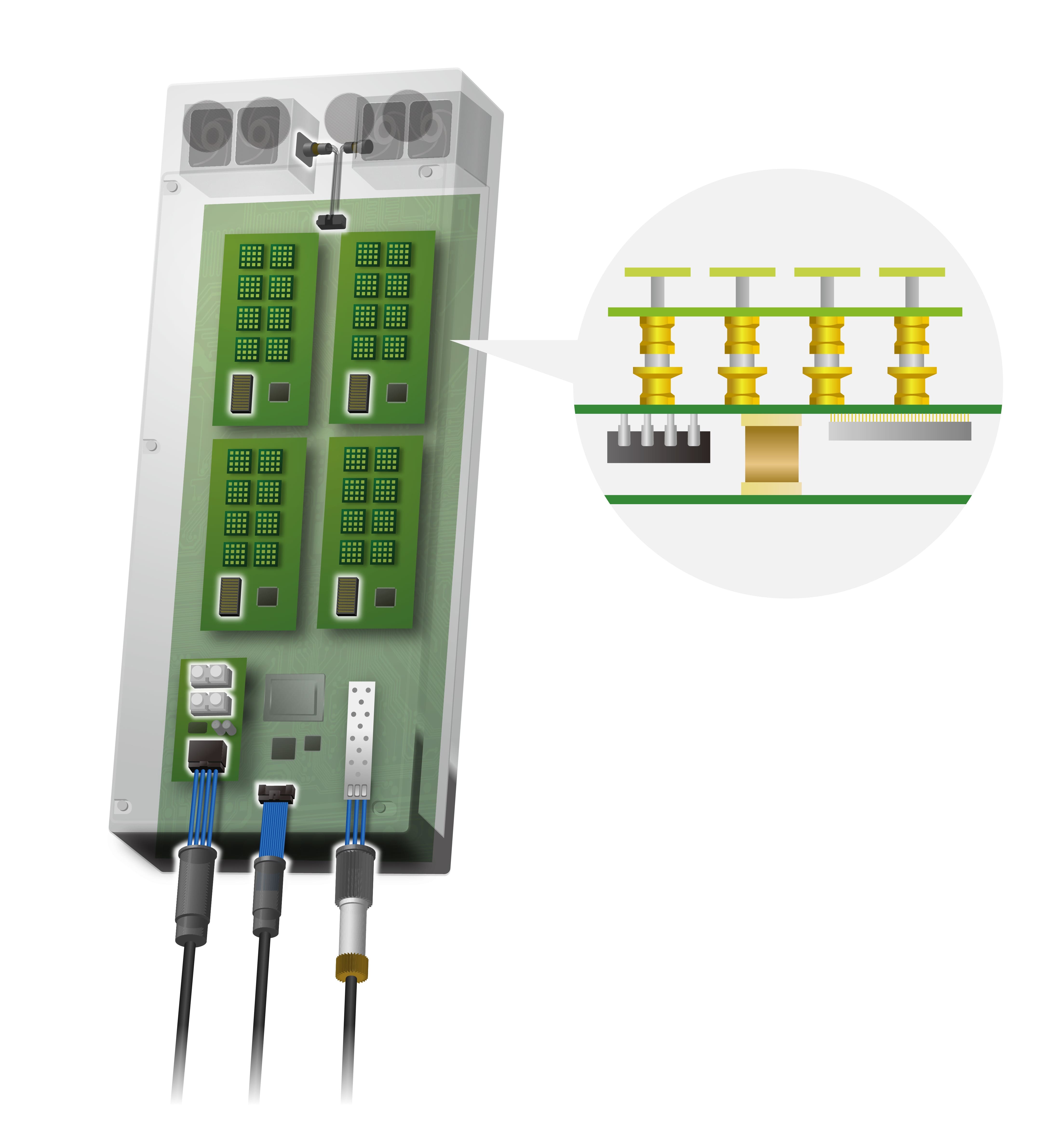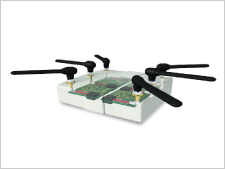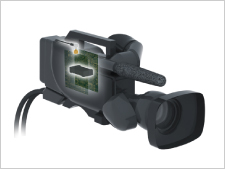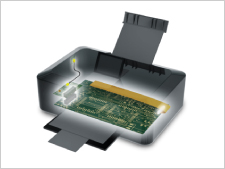
-
제품 카테고리
- I/O
- 규격품
- Board to Wire
-
Board to Board/Board to FPC
 편리한 검색 도구 목록
편리한 검색 도구 목록
 유형 다른 선택 맵
유형 다른 선택 맵
-
FPC/FFC
 편리한 검색 도구 목록
편리한 검색 도구 목록
 유형 다른 선택 맵
유형 다른 선택 맵
- 고주파 동축 커넥터
- 광 커넥터
- 모듈러 잭/플러그
- Wire to Wire
- 카드 커넥터/IC소켓
- 카드엣지 커넥터
- 자동차용 커넥터
- 전원용 커넥터
- 고속전송대응 커넥터
- 방수 커넥터
-
용도 및 응용
- 소비자
-
스마트폰 및 웨어러블
 최근 본 애플리케이션
최근 본 애플리케이션
 추천 애플리케이션
추천 애플리케이션
-
스마트 가전
 최근 본 애플리케이션
최근 본 애플리케이션
 추천 애플리케이션
추천 애플리케이션
-
PC & 태블릿
 최근 본 애플리케이션
최근 본 애플리케이션
 추천 애플리케이션
추천 애플리케이션
-
다른 소비자 장비
 최근 본 애플리케이션
최근 본 애플리케이션
 추천 애플리케이션
추천 애플리케이션
- 자동차
-
자동 운전 차량
 최근 본 애플리케이션
최근 본 애플리케이션
 추천 애플리케이션
추천 애플리케이션
-
자동차 파워 트레인
 최근 본 애플리케이션
최근 본 애플리케이션
 추천 애플리케이션
추천 애플리케이션
-
차량용 인포테인먼트
 최근 본 애플리케이션
최근 본 애플리케이션
 추천 애플리케이션
추천 애플리케이션
-
코네쿠텟도카
 최근 본 애플리케이션
최근 본 애플리케이션
 추천 애플리케이션
추천 애플리케이션
-
자동차 조명
 최근 본 애플리케이션
최근 본 애플리케이션
 추천 애플리케이션
추천 애플리케이션
- 생산기
-
스마트그리드
 최근 본 애플리케이션
최근 본 애플리케이션
 추천 애플리케이션
추천 애플리케이션
-
FA
 최근 본 애플리케이션
최근 본 애플리케이션
 추천 애플리케이션
추천 애플리케이션
-
로봇
 최근 본 애플리케이션
최근 본 애플리케이션
 추천 애플리케이션
추천 애플리케이션
-
의료기기
 최근 본 애플리케이션
최근 본 애플리케이션
 추천 애플리케이션
추천 애플리케이션
-
텔레콤/네트워크
 최근 본 애플리케이션
최근 본 애플리케이션
 추천 애플리케이션
추천 애플리케이션
-
데이터 센터
 최근 본 애플리케이션
최근 본 애플리케이션
 추천 애플리케이션
추천 애플리케이션
-
철도・건설기계
 최근 본 애플리케이션
최근 본 애플리케이션
 추천 애플리케이션
추천 애플리케이션
-
기타 산업기기
 최근 본 애플리케이션
최근 본 애플리케이션
 추천 애플리케이션
추천 애플리케이션
-
OA기기
 최근 본 애플리케이션
최근 본 애플리케이션
 추천 애플리케이션
추천 애플리케이션


What is a connector? What role do connectors have? How do I choose the right one? What should I pay attention to when designing? Hirose Electric, with over 80 years of history as a specialized manufacturer of connectors, introduces basic knowledge on connectors over a series of Connector 101 articles.
What is the role of a connector? In the first article, we will start with why connectors were first made.
In addition, we will discuss the common requirements of connectors for various applications, which will lead to points of caution when designing.
Part 2 focuses on the topic “Key Interconnection Points for Connectors: Cable Connection”.
There are three main types of cable connection methods: solder, which has been around for a long time, crimp, in which the metal terminals are compressed and reshaped; and insulation displacement connection (IDC), in which the cable core is pushed into the slit of the terminal. Let's take a look at the differences and features of each.
In this third article titled “Key Interconnection Points for Connectors: Board Mounting”, we discuss the second of the three key connection points for the correct transmission of electricity. There are two main methods of board mounting: through hole technology and SMT soldering. Let's take a look at the differences and features of each.
The final step in the connector assembly process, connector mating, in which the connectors are fit together, is important. This article covers the key points to ensure stable and correct electricity transmission.
Connector types are classified based on the parts and materials used in the connecting portion. Each type has its own name. This section introduces shielded cable, FPC/FFC, coaxial cable, and optical fiber based on material.
[Coming Soon] (Part 6) Connector Introduction: Components, Types and Locking Methods
![[Coming Soon] (Part 6) Key Interconnection Points for Connectors: connecting parts of connection, by material [Coming Soon] (Part 6) Key Interconnection Points for Connectors: connecting parts of connection, by material](https://prd-4s-public.s3.ap-northeast-1.amazonaws.com/sys-master/public/hfd/h45/9099381800990/EN_Top_Image_2.jpg)
*Will be added at a later date. (An announcement will be sent to Hirose website account members via the e-mail newsletter.)
This section defines the words and terminology that you often see in catalogs when selecting connectors. Component types and their naming including external interface, internal mounting, and lock, are explained.






